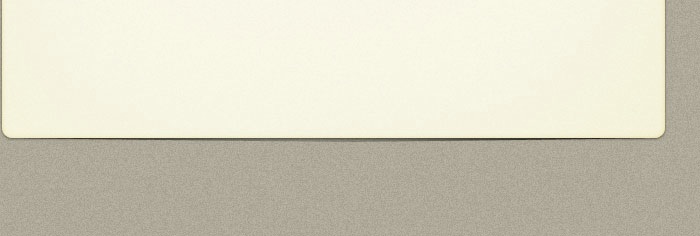The KS11 board is an easy build for any moderately skilled builder. Follow whatever your preferred build technique might be, usually resistors and capacitors first then sockets then discretes then potentiometers.
Short the aux send and aux receive connections or bring them to the front panel if desired. These connections enable you to put effects in the feedback loop to create your own novel sounds, but they are not at all required.
The KS11 board is designed to use Alpha potentiometers on 0.2” pin spacing along the front edge of the board. This enables you to mount the board to the panel without mounting hardware (or with it) and removes the necessity for potentiometer wiring. Jacks must be wired to the corresponding connections. Please note that provision is also made for using potentiometers with 0.1” spacing as a double footprint option.
If you chose to use tempco resistors in the expo converters, I have made it easy for you to epoxy them to the appropriate transistors. This is because the transistors are back-to-back with the tempco resistor between them. Add some epoxy and a small piece of metal for thermal mass and you are good to go.
Naturally, the 22 Ohm resistors in the power supply are for safety purposes at time of initial power-up. Once the circuit is working, you will want to short these resistors by soldering a piece of wire in their place or in parallel.
There is a screen print error in that two of the capacitors have overlapping reference designators. These capacitors are just power supply bypass caps of value 0.1 uF and are located to the left of U3 and U4, the BBD 8-pin DIP chips. Simply put a 0.1 uF cap in both positions and sorry for the error.
Aside from the above details, the build is quite simple and should go smoothly.



